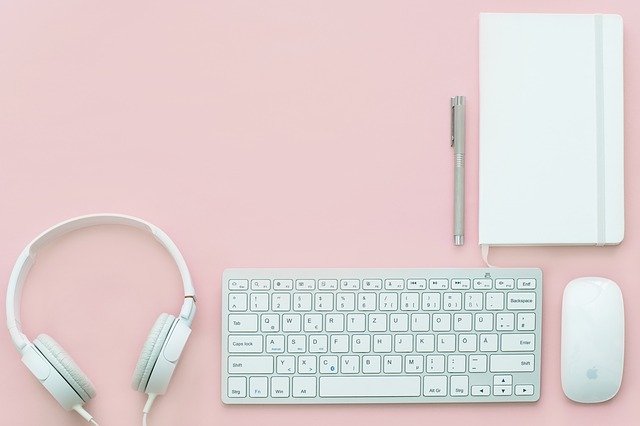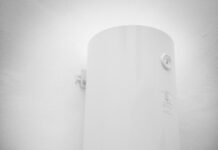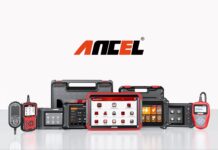
Using or even building mechanical keyboards has exploded in popularity in recent years. For those new to the niche, just seeing one with colorful keys, compact build, and lit colorfully is enough to get them intrigued. If you are one of those who are interested in building your keyboard, here are the essential components you have to consider and find out which type suits your needs well:
Case
The foremost part you have to decide on is the case that will enclose your DIY keyboard’s other details. Think of how small or big you want your keyboard to be than mass-produced ones. You can opt for the full-size, 60, or 40 percent one depending on things like how comfortable it is for you to lock your elbows with your torso or whether you tend to use your keyboard with one hand (i.e., for gaming).
Moreover, cases come in different materials and colors, all available for the creator to experiment on. Plastic cases are the most common as they are cheap and offer satisfactory protection. 60% of users know the Poker 3 wooden case as the standard years back with solid build and pack a decent weight. But wooden cases are also available for the other sizes. Still, some users prefer the higher-profile feel of anodized aluminum cases. On the other hand, acrylic cases, which exhibit plastic and glass-like properties, are highly preferred by those who like dynamic backlighting.
Circuit Board
Commonly called the PCB, which stands for printed circuit board, this forms the mechanical component of your keyboard. As such, the circuit board goes into the case before the other parts. When you press the keys, the PCB is responsible for sending signals to the computer on which letter or command was pressed.
These boards come in standard sizes like cases. The beauty in customizing a keyboard lies a lot in the PCB as it allows the maker to adjust the key measures, allot spaces for personally preferred keys, and even integrate LED light strips. Another feature unique to mechanical keyboards is the keys’ ability to change functions as the creator desires.
There are three PCB types to know of. Firstly, there is the standard PCB which requires soldering to link the switches to the board. Through-hole PCBs are more labor-intensive with their deconstructed parts that you have to solder all together. Lastly, there are hot-swappable PCBs that allow the creator to insert the key switches into their designated slots and can, therefore, cater to those who have no technical expertise in soldering.
Plate
The mounting plate holds down the PCB in place before switches are soldered into it. Not only does it keep key switches from going crooked, but it also protects the more mechanical conductive pathways and copper sheets that are all over the PCB. Components called stabilizers stabs, in short, could also be used to reinforce bigger keys like the spacebar to keep these from wobbling. Although less common, some skip covering the PCB with a plate. In this case, the keys tend to feel unstable to the touch and hollow underneath.
Like cases, plates come in different material compositions, in aluminum, brass, and carbon fiber, to name a few. These materials are coated with various colors, all to complement the colors of the case and keycaps.
Switches
Although enthusiasts share the exact liking for the satisfying auditory experience when pressing mechanical keyboards. Those who’ve been experimenting on different components will know that various switches offer unique sounds. These switches can be classified into three categories:
Clicky
Clicky key switches are as they sound. A press provides a satisfying bump sensation, a loud clicking sound, and great feedback, which can be a beginner’s favorite. However, it may not necessarily be so for those who have to listen to it being used by another person. This is especially in spaces that are ideally silent, like the office. It is, therefore, recommended to indulge in limitlessly using this in your secluded nook.
Tactile
Tactile ones are much like clicky key switches but with more subdued sounds. They are perfect to transition from membrane keyboards that provide much less feedback partly because the keys are all interconnected with only pressure pads. It offers the same satisfying keystroke bumps but with less noise than clicky keyboards. Tactile-style ones are more public use-friendly.
Linear
Linear switches cater to those who would rather not have the bumpy sensation from the first two switch types. Likewise, they don’t produce tactile feedback and clicky sounds. The feeling of clicking on tactile keys could be described as quiet and consistent down-up as if there were no switches underneath. That said, gamers who build their PC setups may prefer these seamless keys and light to the touch.
Keycaps
Keycap sets come in different shapes, thicknesses, and color combinations you can easily purchase online and replace the ones on your current keyboard. Commonly, keycaps are made of either acrylonitrile butadiene styrene (ABS) or polybutylene terephthalate (PBT). ABS keycaps are usually thinner, wear down over time, and have a glossy shine. Meanwhile, PBT ones are thicker, have a gritty texture, and are slower to wear down. Hence, they are usually pricier than ABS ones.
The art of building mechanical keyboards could be complicated getting started. But, having the basics down is going to be a gratifying journey ahead. It will open you to a world of unique keystroke sensations, key combinations, and color palettes that ready-built keyboards do not offer.










